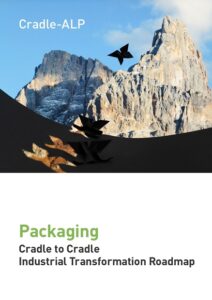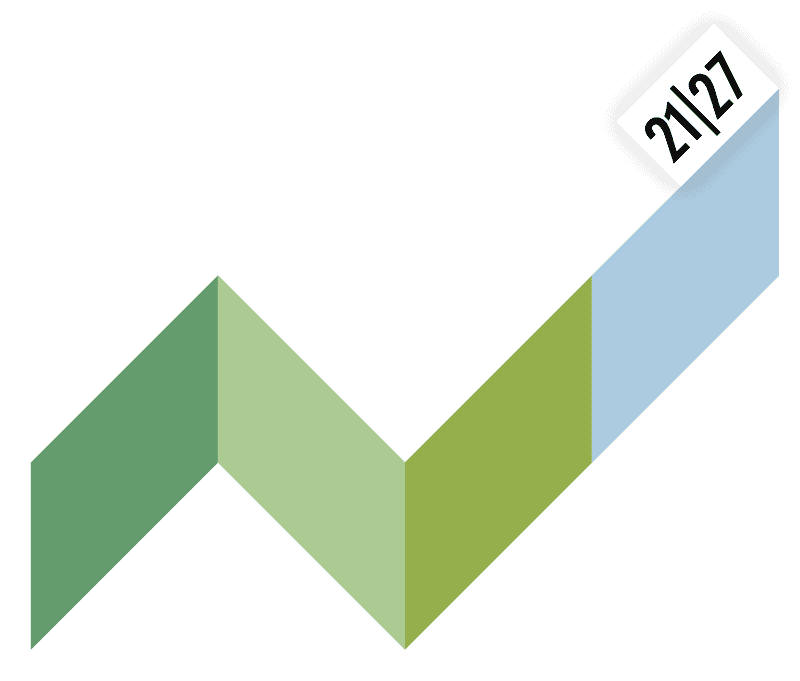In the ever-evolving landscape of industrial innovation, transformation roadmaps have emerged as crucial tools for guiding sectors towards a sustainable and circular economy. The Cradle-ALP project, dedicated to integrating cradle to cradle (C2C) approaches and circular design principles, exemplifies this with detailed roadmaps for five key sectors: wood and furniture, textiles, composites, chemistry and materials, and packaging.
WHY TRANSFORMATION ROADMAPS MATTER
Transformation roadmaps are strategic plans that outline the necessary steps to transition industries from traditional linear models to sustainable circular practices. These roadmaps serve multiple purposes by providing strategic guidance, involving various stakeholders, and setting specific targets and timelines to ensure progress and accountability.
OBJECTIVES AND VISION
The primary objective of the Cradle-ALP roadmaps is to foster the transformation of key industrial sectors towards circular economy practices by 2035. This involves substituting current materials with bio-based or recyclable alternatives, promoting sustainable sourcing, and minimizing waste through innovative business models and regulatory frameworks.
For instance, the roadmap for the wood and furniture sector envisions a fully circular economy model where all wood products are sustainably sourced or recycled. Designs will facilitate easy disassembly and recycling, aiming to reduce waste to landfills by 90%. This roadmap not only addresses environmental sustainability but also proposes innovative business models such as leasing and take-back schemes to extend product life and reduce waste.
The composites sector roadmap is another excellent example. It aims to reduce landfill disposal of composites waste to just 10% by 2035. The focus here is on developing advanced recycling technologies and promoting circular product design. By engaging stakeholders from various fields, the roadmap outlines strategies for improving material recovery and developing sustainable composites.
THE ROADMAPPING PROCESS
The development of these roadmaps was a collaborative effort involving multiple stakeholders. The process typically includes initial workshops to identify gaps, barriers, and potential solutions related to circular practices. This is followed by defining a clear and inspirational vision for the sector’s future, developing specific activities and strategies to address identified gaps and barriers, and structuring the roadmap into short-term (2024-2025), mid-term (2026-2028), and long-term (2029-2033) goals to ensure a strategic and manageable transition. The roadmaps are structured around several key focus areas:
Technology and Innovation: Advancing recycling technologies and integrating Industry 4.0 solutions to enhance efficiency and traceability. For example, the packaging sector roadmap includes investing in research and development of biodegradable and compostable materials, while also improving sorting and recycling processes.
Business Model Innovation: Developing new business models such as product-as-a-service, leasing, and take-back schemes. The textiles sector roadmap emphasizes sustainable sourcing and the creation of new circular business models to support recycling and reuse.
Policy and Regulatory Frameworks: Establishing supportive policies that incentivize sustainable practices and penalize unsustainable ones. In the chemistry and materials sector, the roadmap focuses on regulatory reforms and financial incentives to promote the use of sustainable materials.
CHALLENGES AND OPPORTUNITIES
The journey towards a circular economy is not without challenges. Economic disadvantages, technological constraints, and competitive pressures can hinder progress. However, these challenges also present significant opportunities. Growing environmental awareness, technological advancements, and supportive policies can drive market changes and foster a more sustainable industrial landscape.
For example, the roadmap for the packaging sector not only addresses technical advancements but also focuses on consumer education and engagement, promoting transparency and traceability in the supply chain. This comprehensive approach ensures that all aspects of the industry move towards sustainability in a coordinated manner.
CONCLUSION
Transformation roadmaps are not just strategic documents; they are blueprints for a sustainable future. By clearly outlining the steps needed to transition towards circular economy practices, these roadmaps help industries navigate the complex journey of sustainable transformation. The Cradle-ALP project’s roadmaps are a testament to the power of collaborative planning and strategic vision in driving industrial innovation and sustainability.
In the following weeks, we will present these five roadmaps in detail. We will also provide you with the roadmap leaflets, which will briefly and concisely present the steps needed for the industrial transformation of the five selected sectors.





Written by Urška Spitzer, Chamber of Commerce and Industry of Slovenia



